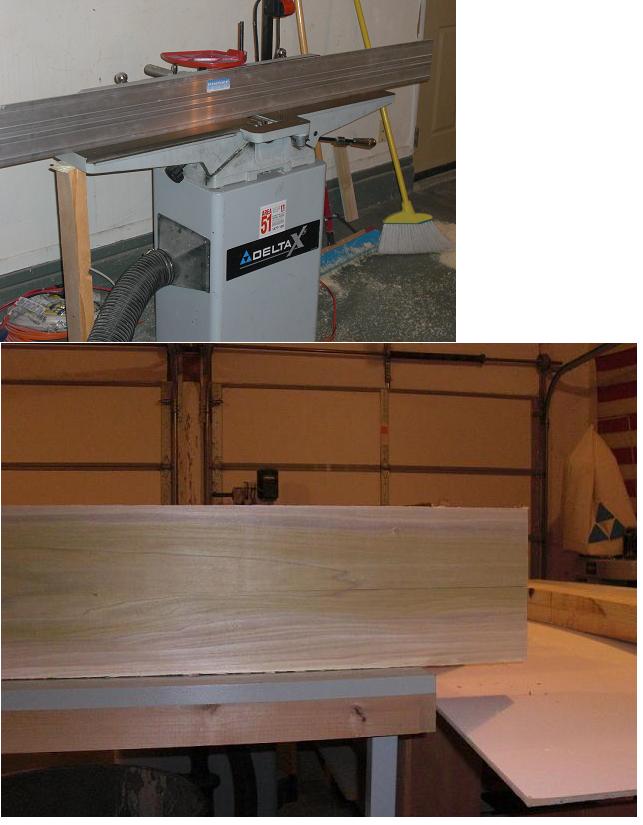Question
One always assumes that machining solid lumbe in your shop is done at room temperature, whether it’s done at 65 degrees or 70. My question deals with the issue of turning the heat on in a shop that’s allowed to cool overnight and then brought up to temperature in the morning. Will the wood warp, twist, cup etc., normally or am I just delaying the inevitable until I start to glue up?
I built a new shop but haven't had time to winterize it. There’s no insulation, and the cost of heating it skyrocketed the first month so I am tempted to let the shop cool at night. I will be keeping the heat on overnight when I do glue-ups, but am just trying to save a little money until next spring.
Forum Responses
(Solid Wood Machining Forum)
From contributor P:
Well, in twenty five years, I have never had an issue with temperature. I worked ten years in Arizona and fifteen in Seattle. In both places, the temp varies quite a bit.
Humidity is your enemy, but it takes time for wood to react to these changes. I currently work in temps that vary between 50 and 65 for most of the year. I like the cool weather for most work. Glue-ups are fine from 55 on up to say 90. Above 90, glue dries too quickly. Below 50, chalking can occur.
Warping would be a drying or stress relief issue. A temp swing of 15 or 20 degrees from day to night would probably not cause a single problem with materials. If you are finishing, 65-75 is ideal. But again, it is the humidity and warm air holds more moisture than the cold. I have had my shop down in the 20's and never seen a problem. Just think about warehouses and material delivery in winter.
Radio Shack sells an inexpensive RH meter ($25 to $30). Use an electric humidifier or dehumidifier to achieve 38% RH at all times, if possible. This includes lumber storage areas too.
You can also consider using a humidistat to control the heat in a storage area. Wen the RH goes too high, the heat will cut in until the RH drops to the proper value. I have seen this technique used in insulated 18-wheeler trailers where lumber is stored. It works great, even in the summer. Paint the roof of the van black to develop some solar heating.
The wood has been in my shop now for a month and the gauge reads 8.9%. What I plan to do is machine to within 1/8th inch of all final dimension and then let sit for a week and the final finish to size and then glue up. I have had success at this before but never on this great of a scale. I figure with so many doors (39) that so problems will occur.
